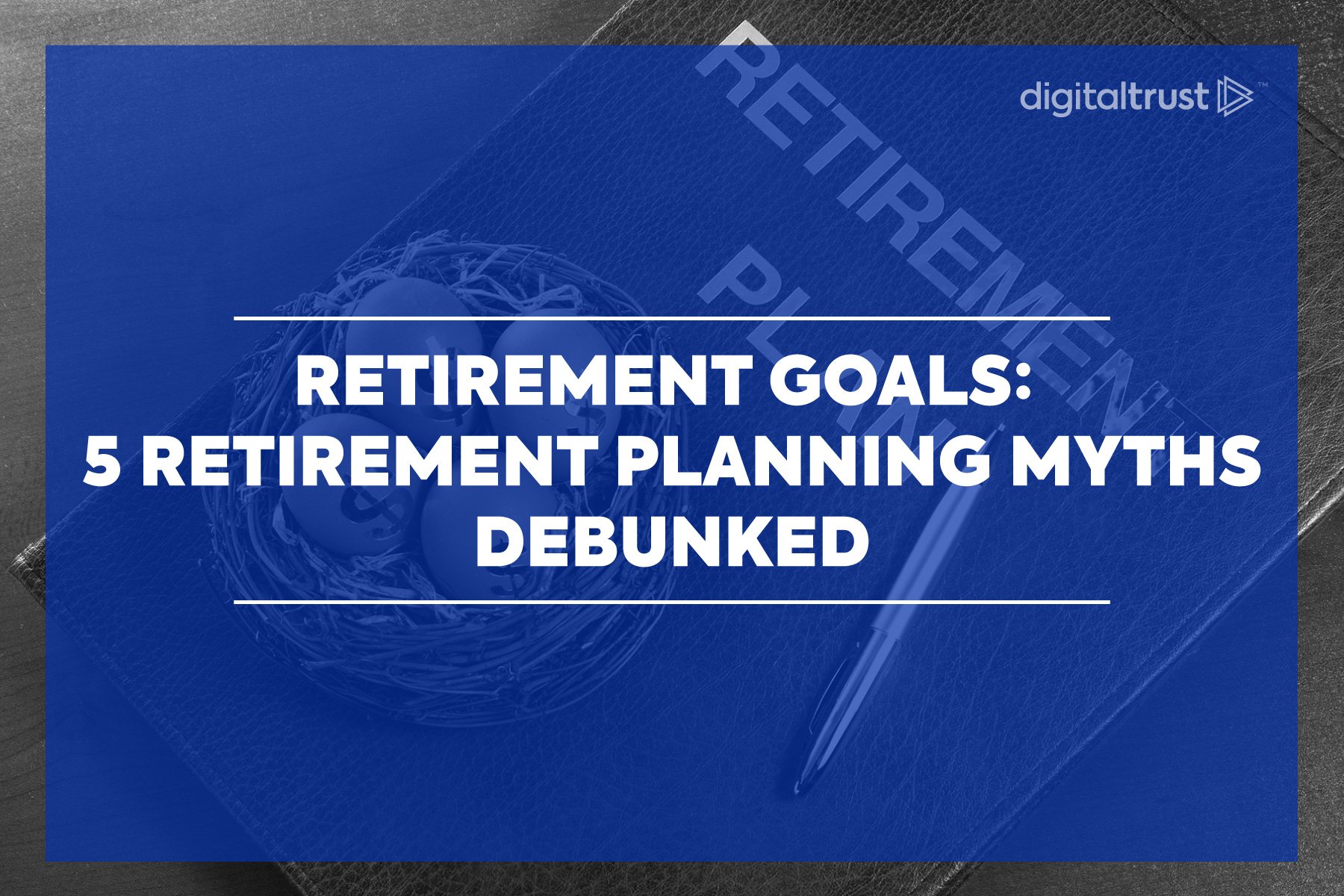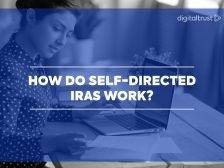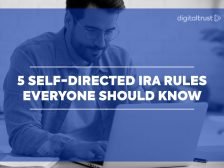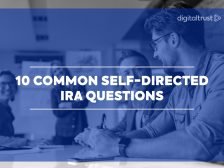It can be challenging for investors to wade through all the tips and suggestions from friends, family, co-workers, and the internet regarding planning for retirement. Although you may have been told 1,001 things you should and shouldn’t do, there’s a good chance that some of these ideas aren’t true.
In fact, some of these ideas might significantly harm your goals or the outcomes you may have envisioned for a peaceful and abundant retirement lifestyle. Here are five retirement planning myths for you to consider
Myth 1: I can wait to save for retirement.
Daily or monthly financial planning isn’t always the easiest task, especially for a young adult who may have other priorities. Sometimes, the thought of it may even feel depressing, having to withhold 6% of your income when you have rent and credit card bills to pay as well as student loans, anda night out with friends. Juggling bills and other financial priorities may lead some young adults to think, “it will be fine to wait until I make more.”
While this line of thinking might afford you some reprieve at the moment, it may also put a damper on retirement goals over the long run.
For example, you can only contribute a limited amount of money to a tax-deferred retirement account each year. So, you may be limiting the total amount of tax-deferred earnings you can contribute to your retirement, even if you choose to only contribute a fraction now compared to what it will be later when you might be making more money.
Putting off retirement contributions also means that more money will need to be contributed later. It may end up that it is not easier to contribute larger amounts later.
Myth 2: My tax bracket in retirement will be lower.
Investors may assume that their income will be lower in retirement. This understanding leads people to think that they may need less money in retirement to cover things like income taxes. At the start of retirement—before investors may have to take Required Minimum Distributions (RMDs)—they may find that navigating a lower income is possible. On the other hand, once RMDs are incurred, there is the possibility of making more money than you had while working.
Some investors choose to offset potential tax-bracket changes by opening after-tax retirement accounts like a Roth IRA rather than a traditional tax-deferred IRA. Another option to consider would be investigating qualified charitable distributions, and other solutions when the time rolls around.
Myth 3: I can rely on Medicare when I retire.
Medicare often pays about 80% of medical costs. Therefore, some retirees choose to pick up supplemental or gap insurance or pay out of pocket for the remaining expenses.
Planning for these costs out of pocket might seem scary if you are far from retirement because it could be possible for medical care inflation to run higher than the average inflation rate. Today, Fidelity estimates that a healthy retired couple could plan to spend $300,000 on additional medical costs.
Myth 4: I can hit my retirement goals with my home equity.
There are many ways to use your home equity as part of your retirement plan. Still, it isn’t easy to gauge precisely how much equity you will have accumulated the further you are from retirement.
The housing market is just like any other market and can experience volatility with unexpected dips or surges. It is difficult to anticipate a bubble, a bust, or even accurately predict how the real estate market will change the value of your home at retirement age.
Myth 5: My spouse, social security, or inheritance is my retirement plan.
Relying on others for your future may seem like a comforting or convenient idea, but know that it may not always work out as planned. For example, if you are waiting for an inheritance from your parents, it’s possible that something may come up that could cause them spend the money on something else, such as their own medical bills or other care before it reaches you. In addition, it’s important to note that social security alone may not cover all of your future needs or retirement goals.
Prudent future planning is best done when you actively participate in the solution.
Planning for Your Retirement
DigitalTrust* offers a multitude of ways to help you begin planning for your future. This technology-driven, self-directed approach to retirement portfolio diversification can help bring peace of mind to investors, who seek to learn what their options are when it comes to traditional and alternative investments, while planning for their golden years.
Sign up with Digital Trust today!
* Digital Trust, LLC is a custodian of self-directed accounts whose role is nondiscretionary and administrative only. The accountholder must direct all investment transactions and choose the investments for the account. Digital Trust has no responsibility or involvement in selecting any investment. This letter shall not be construed as investment, legal, tax, or financial advice. Please consult with your competent tax advisor and/or legal counsel.



